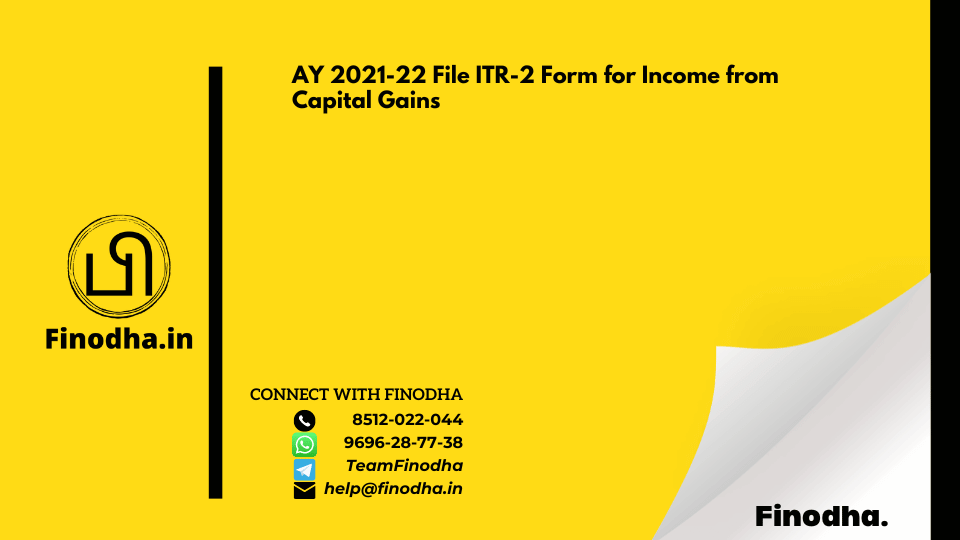Important Keyword: Capital Gains, HUF, Income Heads, ITR Form, ITR-2. What is ITR-2 Form?Important Income Tax...


Important Keyword: Capital Gains, HUF, Income Heads, ITR Form, ITR-2. What is ITR-2 Form?Important Income Tax...
![ITR 2A form for Multiple House Property Income [Discontinued]](https://finodha.in/wp-content/uploads/2024/05/Finodha-ITR-2A-form-for-Multiple-House-Property-Income-Discontinued-2.png)
Important Keyword: HUF, Income Heads, ITR Form, ITR-2A. ITR-2A form for Multiple House Property Income...

Important Keyword: Business and Profession Income, Income Heads, ITR Form, ITR-3. What is ITR-3 form?Who Can File...
Important Keyword: Income Heads, ITR Documents, ITR-4, Presumptive Tax. What is ITR-4 form?Who Can File ITR-4?Who...
Important Keyword: Form 26AS, Income Heads, TDS Certificate. What is Form 16A?Here are the essential details: What is...
Important Keyword: Income Heads, Income Tax, ITR Forms & Documents, Section 80GG. What is Form 10BA?When to file...
Important Keyword: Income Heads, Income Source, NRI Taxpayers, Resident Status. Definition of NRITaxable Incomes for...
Important Keyword: DTAA, Income Heads, Income Tax, NRI Taxpayers. DTAA - Double Taxation Avoidance Agreement:...
Important Keyword: Agriculture Income, Income Heads, Income Tax. Tax on Agricultural IncomeWhat is Agricultural...
Important keyword: Income from House Property, Income Heads, Section 80EE. Income from Let out House PropertyHow to...
Important keyword: Income from House Property, Income Heads. Income from Deemed Let-Out House PropertyWhat is the...
Important Keyword: Income from House Property, Income Heads, Income Tax, ITR-2. What is Pre-construction Interest?How...